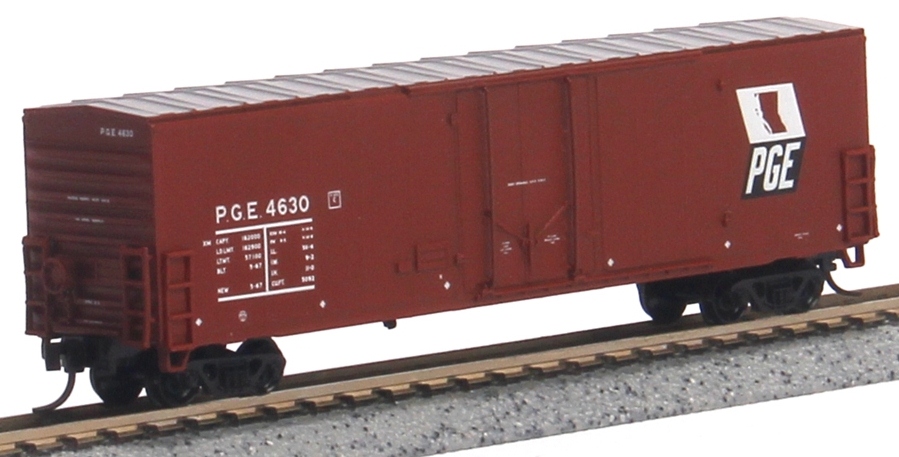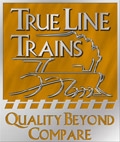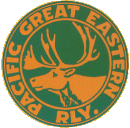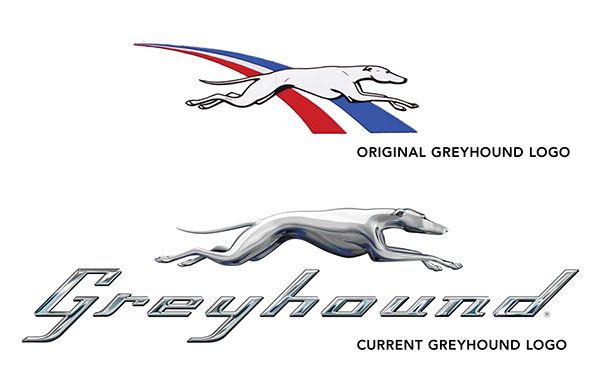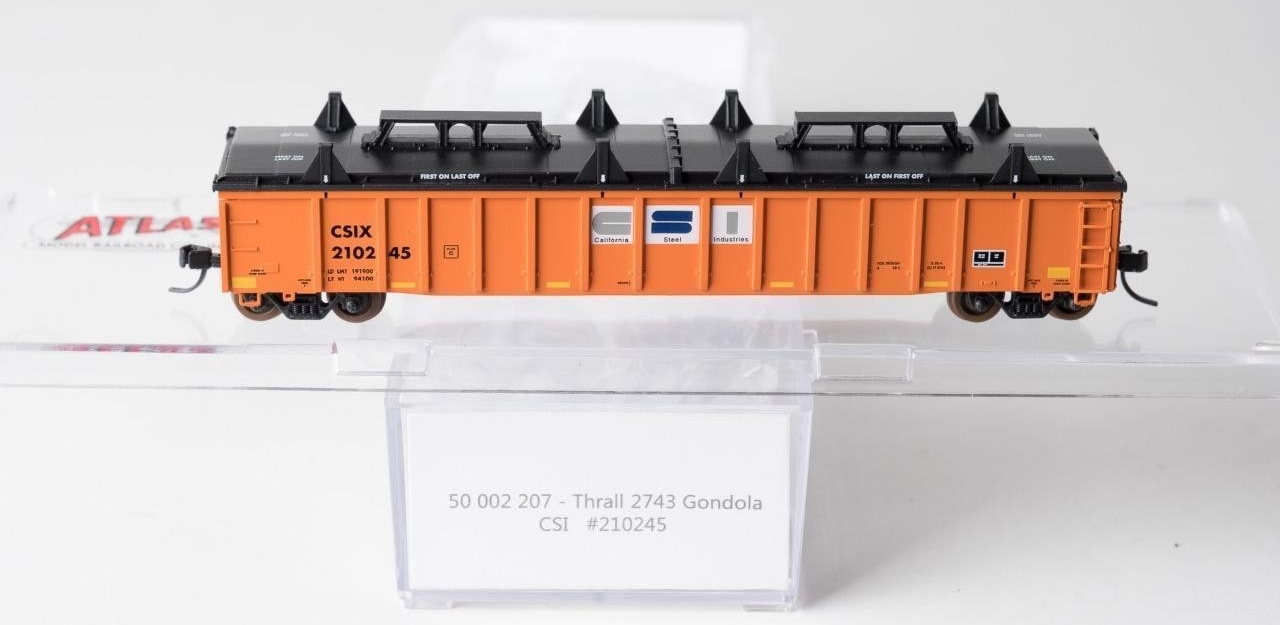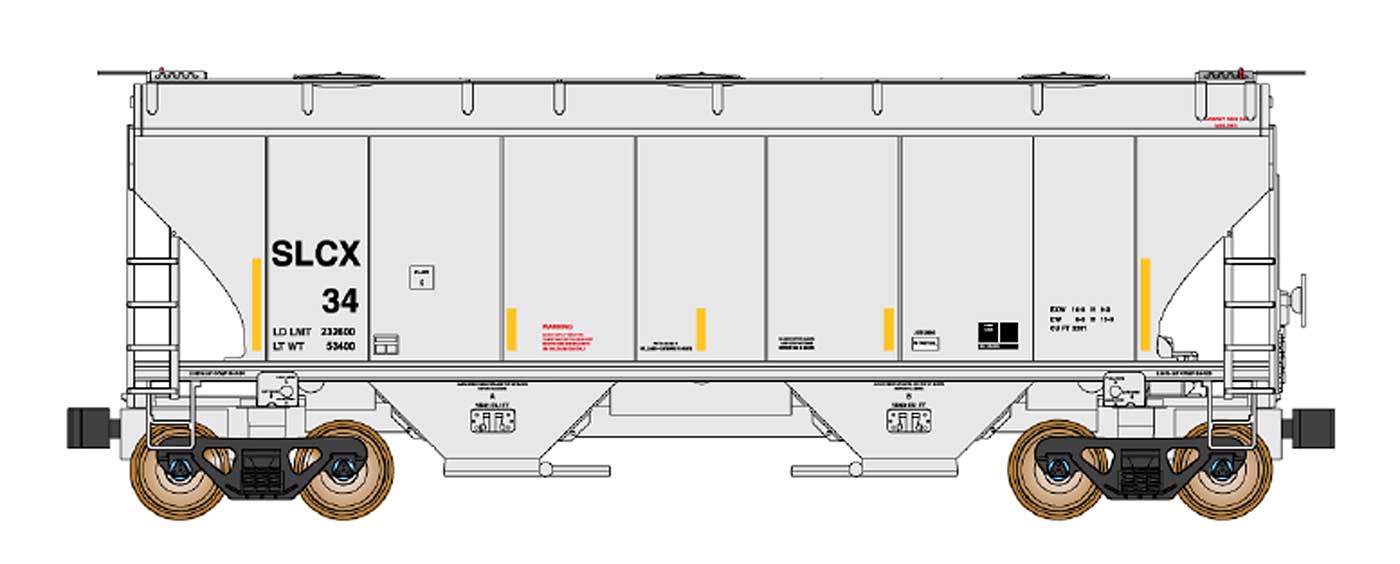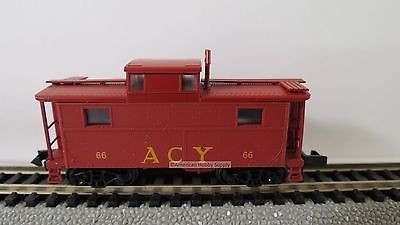Model Information: The first N-Scale release in the True Line Gold Series is based on the popular HO scale 50' Newsprint car. These cars are typical to the Gold Series products where they include hand applied detail parts including underbody details, Atlas trucks, metal door rods and separately molded ladders. These detailed and accurately decorated cars are prototypically Canadian and will be are at home on any layout.
A total of 3,592 cars were manufactured between 1967 and 1971 for six railroads. The vast majority of these cars remain in revenue service in 2008.
The cars have an inside height of 11' 0" enabling newsprint rolls to be loaded in two tiers to provide maximum protection to the bruiseable newsprint rolls, the cars have smooth interior walls and cushioned underframes. The cars feature an aluminum roof, NSC-designed corrugated ends either smooth or an exterior-post Youngstown 9' wide plug door.
- Micro-Trains(R) Line trucks and couplers
- Trucks are screw mounted
- Metal door braces
- Hand applied parts
- Prototypically correct
- Limited Run
- Gold Series Quality and packaging
- Unique and prototypically Canadian
- Canadian Roads and New Road #'s
A total of 3,592 cars were manufactured between 1967 and 1971 for six railroads. The vast majority of these cars remain in revenue service in 2008.
The cars have an inside height of 11' 0" enabling newsprint rolls to be loaded in two tiers to provide maximum protection to the bruiseable newsprint rolls, the cars have smooth interior walls and cushioned underframes. The cars feature an aluminum roof, NSC-designed corrugated ends either smooth or an exterior-post Youngstown 9' wide plug door.
Road Name History: PGE launched in 1912 with a 12 mile line from North Vancouver, British Columbia to Horseshoe Bay where they picked up another 30 mile line reaching a point just north of Squamish. Six years later, the Province of British Columbia bought the railroad. By 1921, they had built north as far as Quesnel but that was it for the next 31 years. The south end of the line was abandoned in 1928.
In 1951, the Province pushed construction of the PGE north to Prince George in central B.C. and a connection with a Canadian National transcon line. This was the first physical connection with the North American rail network. Prior to that, interchange required car barges. In 1956, a rail link was finally completed to CN and CP in North Vancouver, finally closing the loop. In 1958, lines were built north from Prince George to Dawson Creek (and another CN connection.) In 1971, northward construction resumed to Fort St. John and finally Fort Nelson. This brought the mileage to 1,372 (putting it between Lehigh Valley and Iowa Chicago & Eastern in relative size.) The following year, 1972, the Pacific Great Eastern became the British Columbia Railway.
In 1951, the Province pushed construction of the PGE north to Prince George in central B.C. and a connection with a Canadian National transcon line. This was the first physical connection with the North American rail network. Prior to that, interchange required car barges. In 1956, a rail link was finally completed to CN and CP in North Vancouver, finally closing the loop. In 1958, lines were built north from Prince George to Dawson Creek (and another CN connection.) In 1971, northward construction resumed to Fort St. John and finally Fort Nelson. This brought the mileage to 1,372 (putting it between Lehigh Valley and Iowa Chicago & Eastern in relative size.) The following year, 1972, the Pacific Great Eastern became the British Columbia Railway.
Brand/Importer Information: The Canadian distributor for Life-Like products, Hobbycraft Canada, saw a missing segment in market for Canadian model prototypes, and started producing a few Canadian models that were later, with a few modifications, offered in the US market with US roadnames. At a later point Hobbycraft Canada was renamed Life-Like Canada.
When Life-Like was acquired by Walthers, Life-Like Canada was spun off and renamed True Line Trains. They are known as manufacturers of prototypically accurate HO- and N-scale locomotives and freight cars.
When Life-Like was acquired by Walthers, Life-Like Canada was spun off and renamed True Line Trains. They are known as manufacturers of prototypically accurate HO- and N-scale locomotives and freight cars.
Item created by: Alain LM on 2016-07-27 08:13:59. Last edited by Alain LM on 2016-07-27 11:13:59
If you see errors or missing data in this entry, please feel free to log in and edit it. Anyone with a Gmail account can log in instantly.
If you see errors or missing data in this entry, please feel free to log in and edit it. Anyone with a Gmail account can log in instantly.


